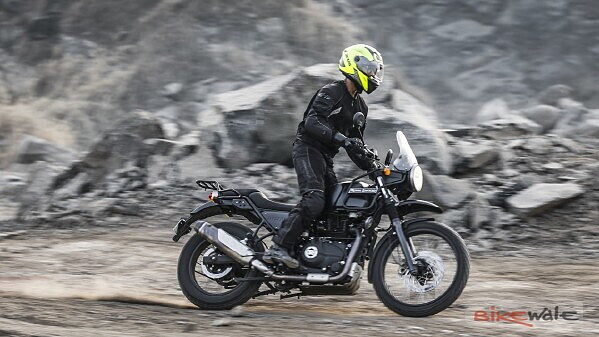
A few months ago, Mr Siddhartha Lal, CEO, Eicher Limited, went on record acknowledging that the initial lot of the Royal Enfield Himalayan was problem prone and far from perfect. He then went on to add that the new BS4 variant was free from these niggles. We recently rode the bike and were impressed with the giant leap in the powertrain department. In case you are too lazy to go through the review, here is a rundown of the five things that our review revealed about the Himalayan FI -
More refined
He might want to spend a lifetime traveling and exploring new places, but the truth is that a typical Himalayan owner is likely to spend a major chunk of riding time moving at a snail‘s pace in traffic. While the carbureted Himalayan was vibey and jerky at low revs, Royal Enfield has done a good job of ironing these out. The engine still sounds harsh, but the vibrations are hardy felt until you touch 4,500rpm. Power delivery is linear and is easily manageable even in the hands of a novice.
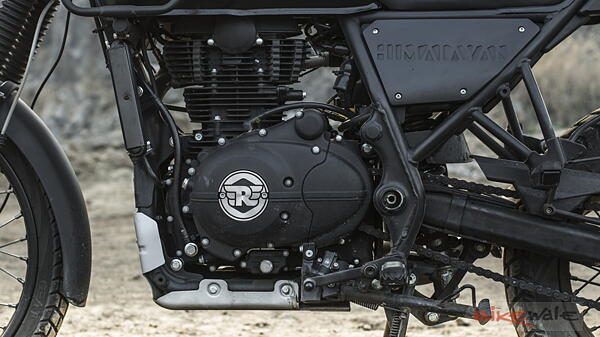
Brilliant ride
The long travel suspension is softly sprung, which makes the bike glide over bumps and potholes with ease. As you need not slow down as frequently as you would with some other bike, the Himalayan allows you to cover ground quicker and in relative comfort. The handlebar is raised, seating position is upright and the seats are firm, which again make spending long hours on the Himalayan’s saddle an effortless task.
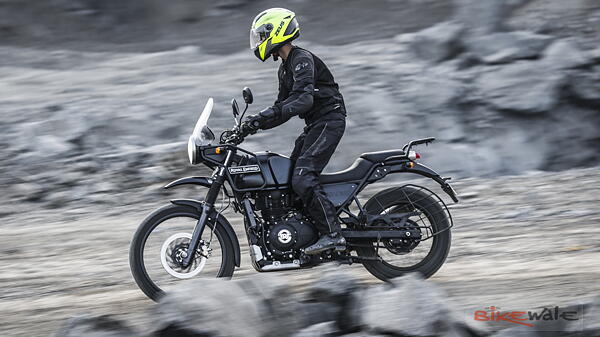
Basic yet smart design
The Himalayan’s barebones design might hurt its aesthetic appeal, but there are signs of smart engineering all around. There is abundant space to mount luggage all around the bike. There is minimal bodywork to ensure your wallet doesn’t take a hit every time you drop the bike. The round headlamp might lack flair, but is one of the most bright and effective ones in the business. Unlike traditional Royal Enfields, the clutch assembly, chain and sprocket have been moved to the left side to make maintenance easier, and the oil change interval is higher at 10,000 kilometres. And while the Himalayan lacks latest technology, this makes the bike that much hassle-free to maintain.
Not very commute friendly
While the vibrations are gone, the Himalayan still doesn’t feel suited for commuting, especially if it involves spending time in traffic. The clutch is heavy which makes feathering it in traffic tiring. The engine heats up quickly and there is no provision to divert hot air away from your legs. The silver lining is the tall gear ratios, which allow you to stick to a gear for a wide spectrum, minimiseing gear shifts.
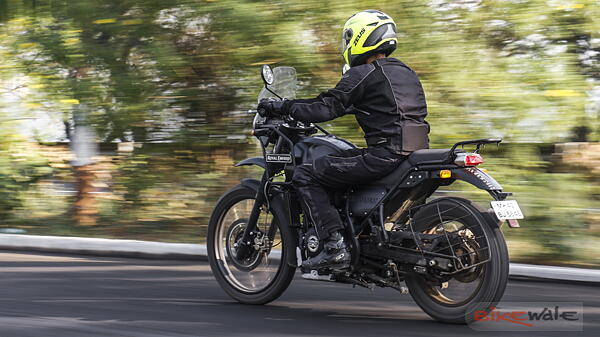
Brakes not up to the mark
It is clear that the Himalayan’s brakes have been configured keeping in mind that the owner might stray off the beaten path every once in a while. However, they feel inadequate on the road. You have to apply extra pressure to get the front brake working, all the while keeping in mind that the block-patterned Ceat Gripp tyres aren’t the most sticky tyres on tarmac. The rear disc brake does compensate with its additional stopping power, although jamming on the rear brake pedal causes it to slide immediately. Even the engine braking feels less effective than before.
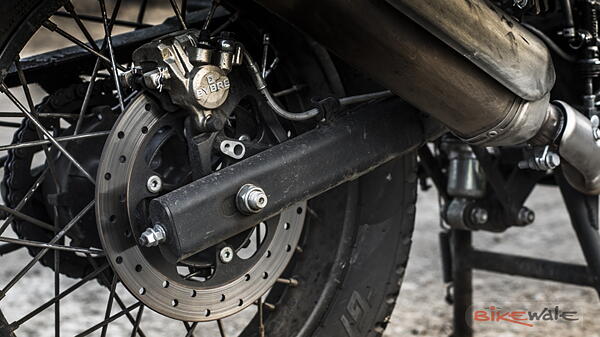

![Royal Enfield Himalayan [2015-2023] Image Royal Enfield Himalayan [2015-2023] Image](https://imgd.aeplcdn.com/272x153/n/cw/ec/49739/himalayan-right-front-three-quarter-2.png?isig=0&q=80)
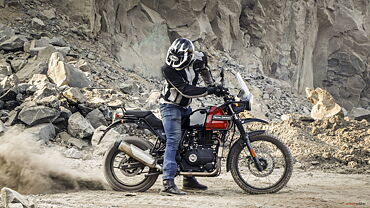
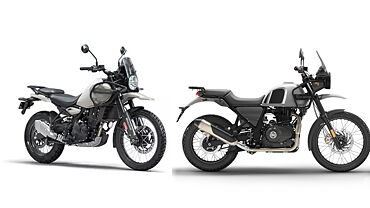



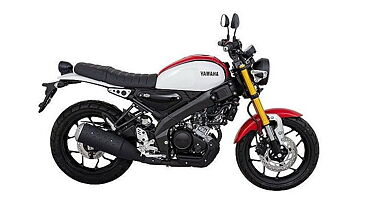

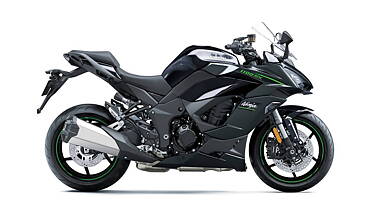

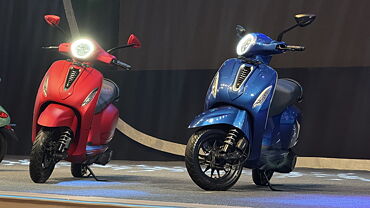
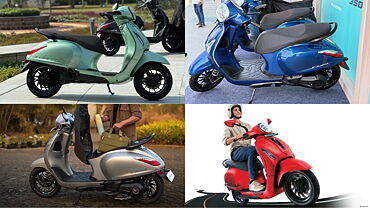
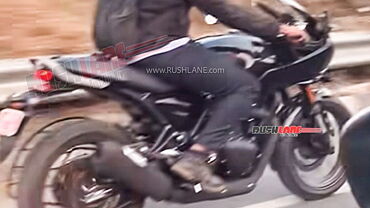

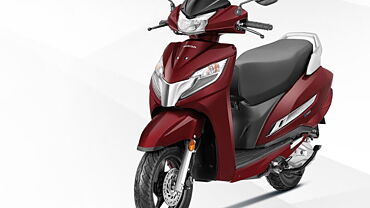
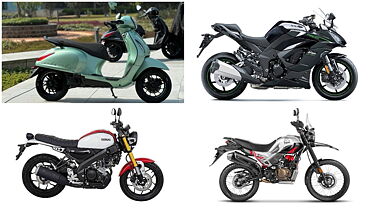
![Royal Enfield Himalayan [2015-2023] Right Side Royal Enfield Himalayan [2015-2023] Right Side](https://imgd.aeplcdn.com/199x112/n/cw/ec/49739/royalenfield-himalayan-right-side12.jpeg?q=80)
![Royal Enfield Himalayan [2015-2023] Right Side Royal Enfield Himalayan [2015-2023] Right Side](https://imgd.aeplcdn.com/199x112/n/cw/ec/49739/royalenfield-himalayan-right-side13.jpeg?q=80)
![Royal Enfield Himalayan [2015-2023] Right Side Royal Enfield Himalayan [2015-2023] Right Side](https://imgd.aeplcdn.com/199x112/n/cw/ec/49739/royalenfield-himalayan-right-side14.jpeg?q=80)
![Royal Enfield Himalayan [2015-2023] Front Three-Quarter Royal Enfield Himalayan [2015-2023] Front Three-Quarter](https://imgd.aeplcdn.com/199x112/n/cw/ec/49739/royalenfield-himalayan-front-three-quarter0.jpeg?q=80)
![Royal Enfield Himalayan [2015-2023] Side Royal Enfield Himalayan [2015-2023] Side](https://imgd.aeplcdn.com/468x263/n/cw/ec/49739/royalenfield-himalayan-side16.jpeg?q=80)






